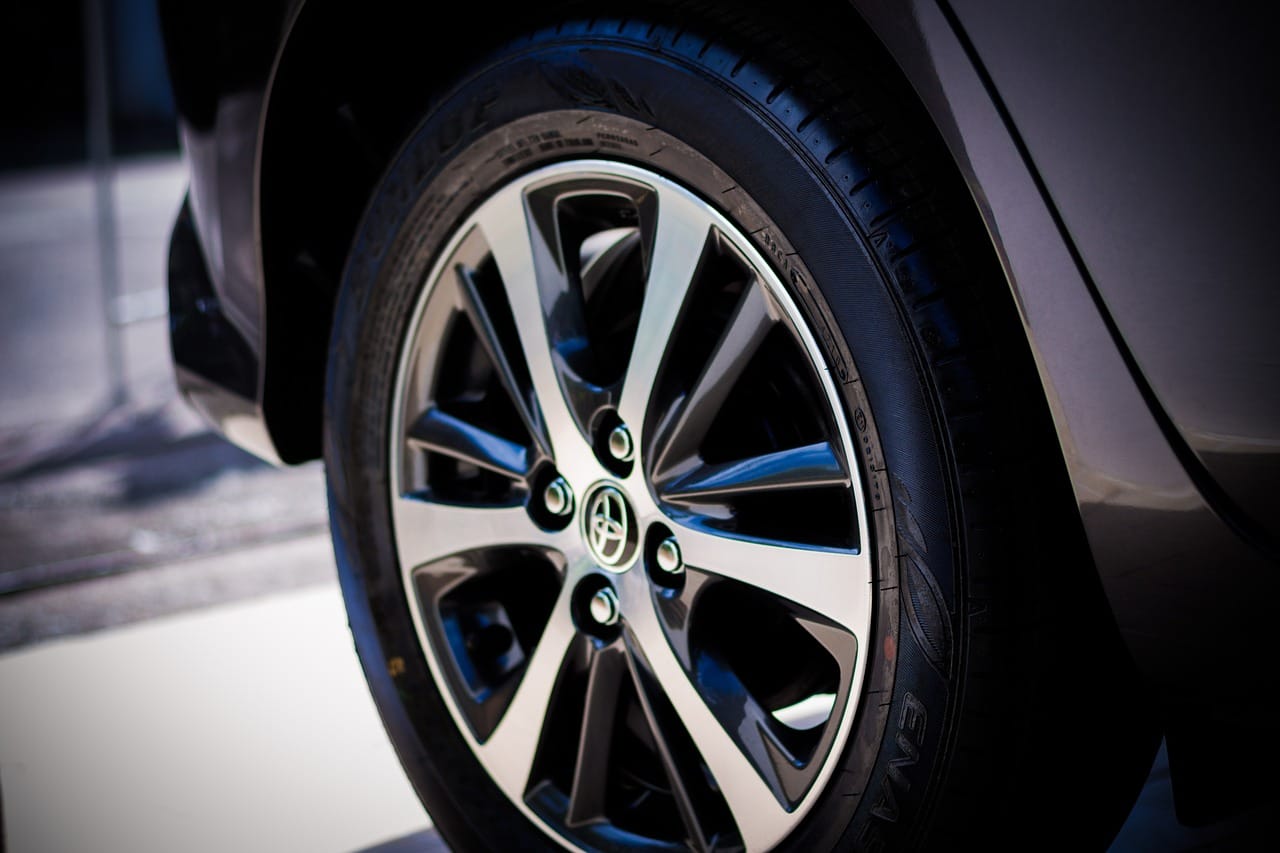How safe are Uber and Lyft for drivers

Before applying to drive with Uber or Lyft, the number one question many have is whether or not it’s worth the safety risk. In an internet and social media-driven age, we all get a front row seat to the worst stories, and it can leave people wary about the ridesharing profession.
In fact, Who’s Driving You is a website that was established with the express purpose of making sure every Uber or Lyft related accident or safety incident is reported for the whole world to see. When you take a look at a site like this, the situation seems pretty grim for drivers.
When Uber and Lyft have been asked to comment on these sorts of incidents in the past, they usually respond with the statistics, pointing out that safety incidents are actually a pretty small percentage when compared with the total number of rides being given.
Which is true, then? Is rideshare driving terribly dangerous? Or is it not really as bad as some people claim? When it comes to safety, the two main contributors are the drivers and the riders. We’ll look at some of the main issues that impact how safe or unsafe a ride is, and share some of our biggest safety tips for drivers.
Uber driver safety
When thinking about safety, you may be primarily considering the riders you’ll be transporting, but in actuality, one of the biggest dangers of rideshare driving can come from the drivers themselves. If you think about it, this makes sense, as accidents are often caused by distracted drivers, and Uber and Lyft drivers have distractions coming at them from every angle.
**Note: If you are primarily worried about the riders you may be driving around while working for Uber or Lyft, you can always choose to drive for other on-demand services like Instacart, DoorDash, or Shipt. These still enable you to be your own boss and work on your watch.
To take just one state as an example, The New York Post reported that “As the number of people using for-hire car services like Uber has increased in New York, so, too, has the number of accidents. Crashes involving the for-hire vehicles have more than tripled over the past two years — from 534 in July 2014 to 1,672 in June 2016.”
These accidents are sometimes the fault of other drivers, but there are certainly contributing factors from Uber and Lyft drivers. How can you avoid this danger as a driver? There are several steps you can take to make sure you aren’t distracted, and therefore susceptible to accidents.
Use apps sparingly
There is no shortage of apps available to drivers, and these apps can be incredibly useful. From mileage tracking to mapping to expense logging, apps can help you keep all of your information in one place.
However, these apps can sometimes distract you from the task at hand – namely, driving. At no point should you be loading information or swapping between apps while driving, unless it’s absolutely necessary.
Be strategic about driving for both companies
Many people choose to drive for both Uber and Lyft simultaneously. This increases your opportunities and enables you to drive and make more in a given period of time. However, this process can be a little complex, and getting used to it takes some practice.
If you intend to drive for both companies, have a plan in place for navigating the complexities in a safe way. Check out our guide for how to drive for both Uber and Lyft without compromising your safety, or that of your riders.
Use a phone mount
One of the most helpful accessories you can purchase as a driver is a phone mount. Because you will need to glance at your phone periodically to make sure you are headed in the right direction, you want to make sure it impacts your focus on the road as little as possible.
Putting your phone on a mount in the car means you can glance at it to make sure you’re on track without taking your hands off the wheel or your eyes too far off the road. Also, don’t make or answer phone calls unless it’s absolutely necessary. And, of course, don’t text and drive. It’s not only dangerous, but illegal in all but three states.
Have everything in place
One of the keys to being a successful rideshare driver is giving your riders a pleasant experience. In an effort to do this, many drivers will offer snacks, bottled water, a phone charger, gum, or other items to their riders.
Having these available is a nice touch, but it’s not helpful if you’re rummaging around looking for those items when you should be driving. Make sure all of these things are easily accessible to your riders so you can keep your eyes on the road.
Be pleasant, but stay focused
The best way to ensure a high rating from a rider is to have pleasant interactions with them. Chat, make sure they’re happy and don’t need anything, but don’t forget that your main job is to get them from point A to point B. Don’t let conversation distract you from that.
Make sure your vehicle is in top shape
This may go without saying, but it’s important to be sure your car has regular maintenance and is a safe ride for both you and your passengers. While this maintenance can be costly, it is also a tax deductible item for rideshare drivers, so make sure you record it for tax purposes.
Some opt to rent a car to drive, and services like HyreCar make it easy for you to rent someone else’s vehicle in order to driver for Uber or Lyft. You may also consider a lease, which many prefer over purchasing a vehicle.
Legally, you must have personal auto insurance to drive on your own, let alone be a rideshare driver that transports passengers from point A to point B. But is there such a thing as Lyft insurance? Do you need special insurance to drive for Uber? First, let’s talk about what rideshare insurance is, because you will need this form of supplemental insurance to protect yourself in case of an incident.
All rideshare drivers are legally obligated to have rideshare insurance to work for transportation network companies (TNC) like Uber or Lyft. Why? Because when you work for TNC companies like these, your car is being used for business purposes, and personal insurance alone will not cover you if there’s an accident. Not having the proper coverage could cost you a lot of time and money, and possibly, your license. If you are involved in an accident while rideshare driving, there are three time periods where insurance from Uber or Lyft could kick in and cover you:
- Period 1: You’ve turned on and logged in to the rideshare app of the company you’re driving for at the time. You start driving around waiting for a ride request. Most personal insurance companies will not offer coverage during this period. However, If you have rideshare insurance and an accident occurs, it will be activated at that time.
- Period 2: You’re logged in to the app, you receive a ride request, and you begin driving to pick up your passenger at a specified location. This is when Lyft commercial insurance or Uber supplemental insurance covers you.
- Period 3: When your passenger enters your car, they are then fully covered by Uber’s or Lyft’s insurance, depending on which one you’re working for at the time.
Remember, as a rideshare driver, you absolutely need rideshare insurance, especially for the following reasons:
- Your car is being used for business.
- You are on the road more than other drivers, so the risk of getting into an accident is higher.
- Rideshare drivers suffer from fatigue behind the wheel more than other drivers.
- You are responsible for your passenger’s safety, and you’re likely to be responsible for their medical needs if an accident occurs while you’re driving.
- You want to lower or eliminate the possibility of a commercial lawsuit brought against you.
So, what are the best rideshare insurance options for when you’re driving for Uber and Lyft? Coverage and cost may vary from state to state.
Here are some companies that offer rideshare insurance for drivers:
- USAA rideshare insurance
- Allstate Insurance
- Esurance rideshare insurance
- Farmers Insurance
FYI, HyreCar includes comprehensive rideshare insurance with every rental vehicle. This provides you with a convenient alternative to negotiating with your personal insurance company, or switching to another one because your current one doesn’t offer the coverage that you need.
Uber rider safety
Even if you do all of the above and know that you are taking every precaution to drive safely, there is no way to guarantee that the riders who get into your vehicle are safe as well. This is of concern to many potential drivers, particularly women. In fact, Forbes reported that the number of female drivers is low, and the main reason is safety concern.
In order to drive for Uber or Lyft, you must go through an extensive background check, but the same isn’t true for the riders. Here are some things you can do to be prepared to handle riders who diminish the safety of your profession.
Be wise about locations
While you want to be available in areas of your city that traffic highly in ridesharing, you should also be discerning about where you are offering rides, even if that means giving up a few rides.
If you know that an area has a higher crime or drug use rate than other areas, it may be smarter to avoid those areas, or at least be careful about what times of day you are available there.
Be wise about times
Speaking of times, not all times of day are equal when it comes to the safety of ridesharing. Many people do the bulk of their driving for Uber and Lyft in the evenings, as it is a secondary source of income for them. If this is the case for you, just know that you will need to be cautious.
One of the most common reasons someone will call an Uber or Lyft ride late into the evening is because they are too intoxicated to drive themselves. Be on your guard, and if this makes you uncomfortable, consider driving earlier if possible.
Don’t be afraid to decline a rider
Many drivers, especially when they are first starting out, are so concerned with getting good ratings, and meeting the quota to earn their bonuses, that they will accept every rider who comes along.
You should know that safety is always more important than ratings. If you feel that a rider is not safe for any reason, decline them, and if you feel it’s necessary, report the incident to Uber or Lyft. A few examples of when you may want to decline a rider:
- If the rider you meet is not the rider who scheduled the ride; make sure the names match.
- If the rider is trying to bring someone (or multiple people) along without warning.
- If the rider is intoxicated and seems to be belligerent, or acting inappropriately.
Encourage backseat riding
You do not have to allow passengers to sit in the front seat with you, and you may want to avoid it for your own feelings of safety and distance from the rider. If you keep items in your front seat for your riders, then you can simply point to this as a reason for them to ride in the back.
UberPool and Lyft line
With UberPool and Lyft Line services, you add an extra element of complexity to your drive. More stops plus more passengers equals more distractions. All of the above recommendations for drivers become even more important when you add these elements in.
Conclusion
As you can see, there are various factors that contribute to the level of safety you experience as an Uber or Lyft driver. Due to the nature of the job, there are certain safety concerns that cannot be avoided, but being a smart driver and practicing discretion with riders can go a long way in making you feel safe in this profession.
Disclaimer
Actual earnings may differ and depend on factors like number of deliveries completed, time of day, location, and expenses. Hourly pay is calculated using average Dasher payouts while on a delivery (from the time you accept an order until the time you drop it off) over a 90 day period and includes compensation from peak pay, tips, and other incentives.



